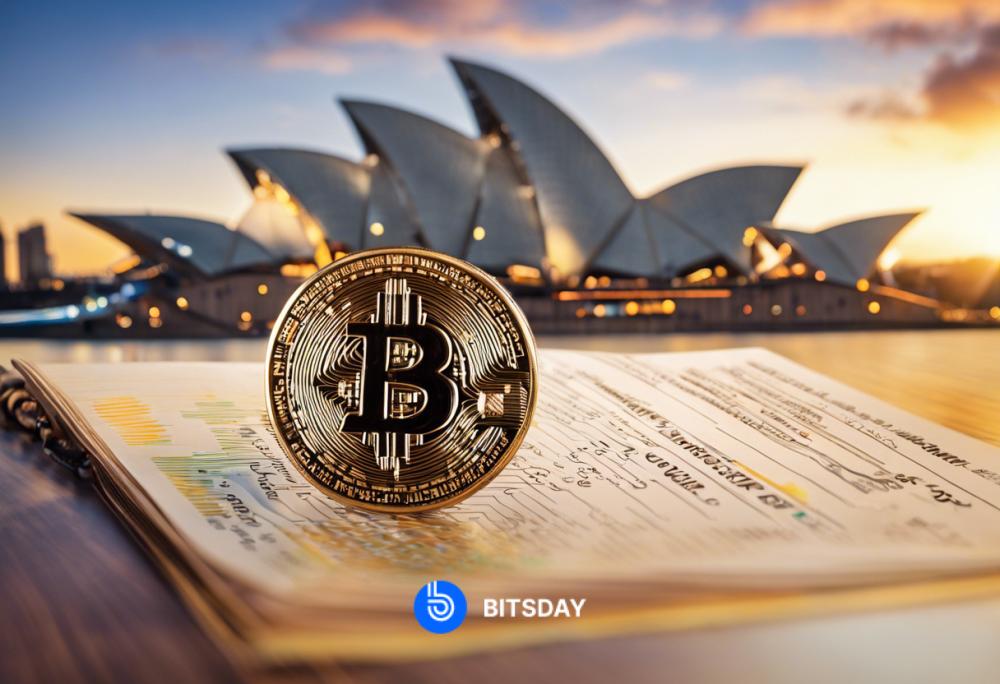- Home
- Cryptocurrency
- Stablecoins: Modern Era Equivalents to Roman Coins and Spanish Doubloons
Stablecoins: Modern Era Equivalents to Roman Coins and Spanish Doubloons

In the realm of modern digital tokens, their borderless nature revolutionizes cross-border transactions, rendering them notably more cost-effective and streamlined.
While digital assets may appear as a groundbreaking concept, they, in fact, harken back to a historical trajectory where money boasted a distinctly international character. Stablecoins and digital assets serve as a mechanism to emancipate currency from inherently national payment infrastructures, allowing it to seamlessly traverse the open expanse of the internet.
To illustrate this notion, we can delve into the 1950s, when an assortment of Roman denarius coins, concealed by a soldier in 43 A.D., was unearthed in Kent, England. What made this discovery remarkable was the inclusion of coins from the Roman Republic. This intriguing find implied that the Roman soldier received his wages in silver coins that could potentially be up to 250 years old. In contemporary terms, this would be akin to compensating a present-day U.S. Marine with Spanish doubloons.
Modern currency exhibits significantly shorter life spans and lesser international reach when compared to the days of ancient Rome. The extended longevity and fluidity of ancient currencies led to the world being divided into much broader currency zones. In 1800, the Spanish doubloon, also recognized as the silver dollar, was in circulation across Latin America, the Caribbean, China, and extensive parts of Southeast Asia. The Indian rupee held sway in significant portions of Arabia and Africa, while the Ottoman lira was the preferred currency in the Balkans and the Middle East.
By 1900, the era of colonialism witnessed the adoption of currencies, or at least localized variants, of the British pound, the French franc, and others. Movements for independence in Latin America resulted in the establishment of new nation-states and their respective currencies, dismantling these extensive currency zones.
Post-World War II, the number of independent nations surged, each with its distinct currency like the Indonesian rupiah and the Pakistani rupee. Come 2000, the disintegration of the Soviet Union and Yugoslavia introduced currencies like the Serbian dinar and the Armenian dram, culminating in a global total of over 150 currencies. Since then, the trajectory has begun to reverse, with examples including the adoption of the euro and dollarization in countries like Ecuador.
The advent of digital assets, allowing for the integration of money into the open realms of the internet, signifies a dismantling of the erstwhile barriers demarcating currency domains. Notably, stablecoins are pioneers in propelling this transformation. Unlike fiat currency or many central bank digital currencies, they are inherently borderless, effortlessly transferable at the speed and cost of a text message or an email, and conveniently storable in a digital wallet. While currently issued by private entities, select nations may seize the opportunity to endorse the international or regional acceptance of their currencies by offering them in the form of stablecoins.
This transition may usher in a resurgence of the historical norm, where the world operates within significantly larger currency zones, ultimately driving down the cost and complexity of cross-border commerce.
Read more: U.S. Allegations: Chinese Firms Employed Crypto Payments in Operating Fentanyl Network

Trending



Press Releases

Deep Dives







